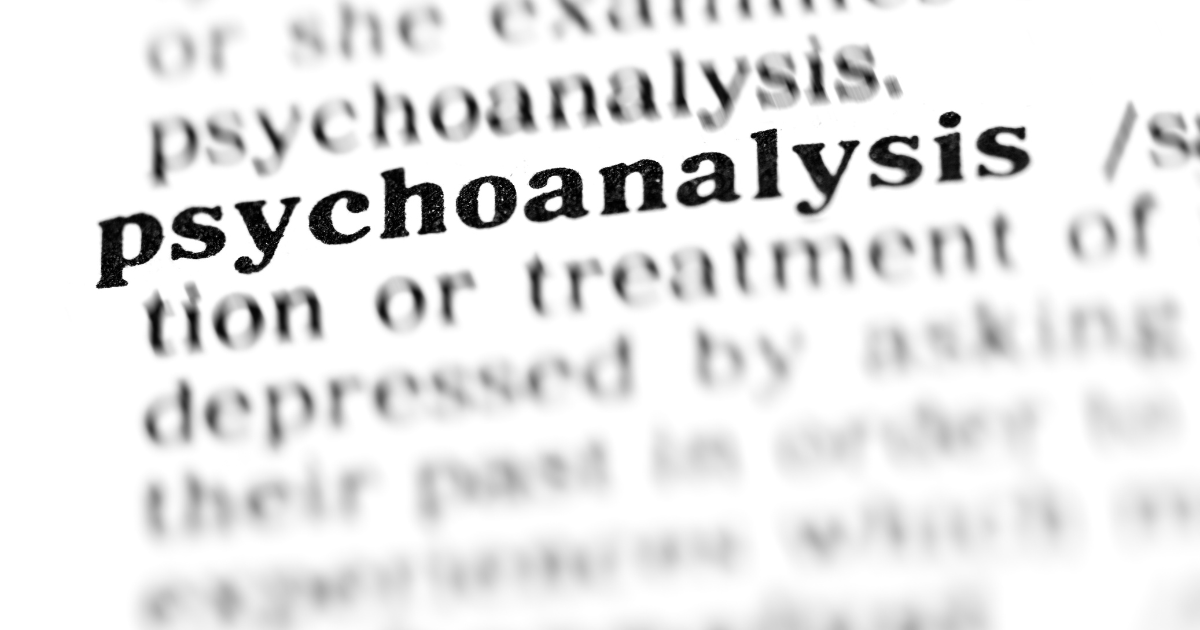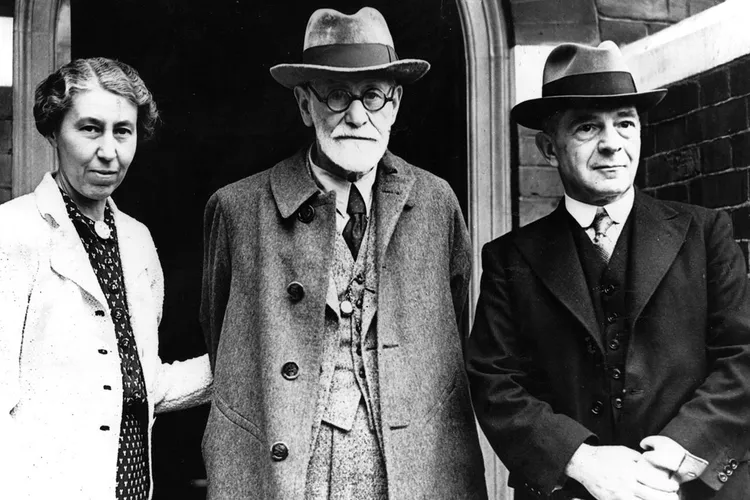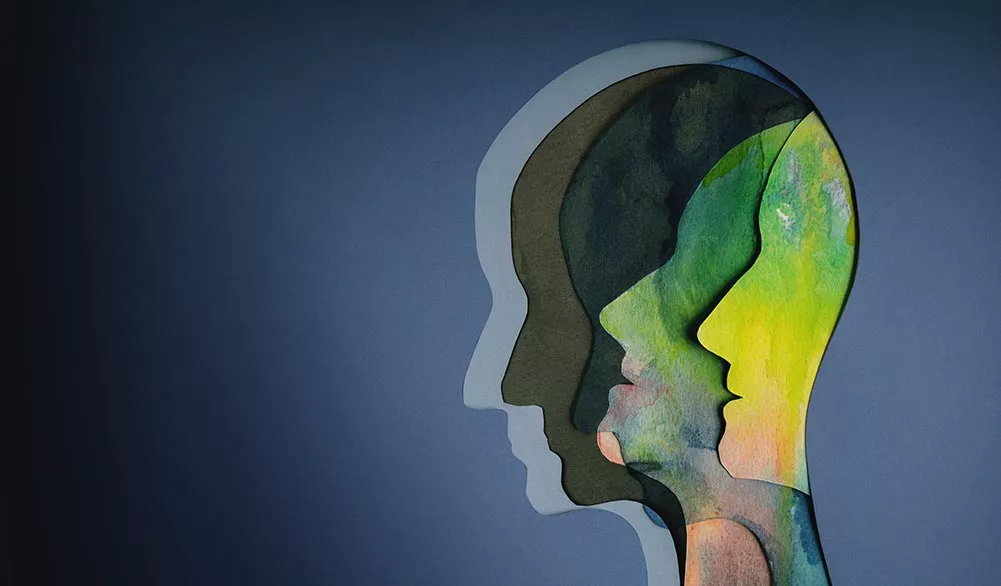Contents
Introduction

Psychoanalysis: Techniques, Applications, and Effectiveness
Psychoanalysis is an approach in psychotherapy that focuses on exploring the unconscious mind to understand and resolve deep-seated psychological conflicts. This therapeutic model employs techniques such as free association, dream analysis, and the study of transference to uncover repressed memories and hidden desires. By bringing these unconscious elements to conscious awareness, Psychoanalysis aims to reveal how they shape thoughts, emotions, and behaviors.
In this article, we will examine the core principles of Psychoanalysis, explore its distinctive techniques, and discuss its applications across various mental health conditions. Additionally, we will address common misconceptions and criticisms of this approach, demonstrating how it can offer valuable insights into the roots of psychological challenges and contribute to meaningful personal growth.
See how Psychoanalysis helps people access unconscious material, understand their internal struggles, and work through core emotional difficulties.
What is Psychoanalysis?
Psychoanalysis is a foundational therapeutic approach developed by Sigmund Freud in the late 19th and early 20th centuries. It posits that unconscious processes—such as repressed memories, desires, and conflicts—profoundly influence human behavior and mental states. The core goal of psychoanalysis is to bring these unconscious elements into conscious awareness, helping individuals gain insight into their inner struggles.
This is typically achieved through methods like free association, dream analysis, and exploring transference and resistance in the therapeutic relationship. By uncovering and addressing these hidden aspects of the psyche, psychoanalysis aims to resolve internal conflicts and facilitate personal growth and emotional healing.
Why Psychoanalysis is Important?
Psychoanalysis is a cornerstone of psychotherapy because it offers a deep exploration of the unconscious mind, which many other therapeutic approaches might overlook. Unlike more present-focused therapies, Psychoanalysis delves into early life experiences and unconscious motivations, providing a comprehensive understanding of how these factors shape current behavior and emotional states. This in-depth approach helps individuals uncover the roots of their psychological difficulties, which can lead to profound personal growth and lasting change.
Types of Psychoanalysis Techniques
- Free Association: This technique involves clients verbalizing their thoughts, feelings, and associations without censorship. The goal is to uncover repressed material and gain insight into unconscious processes by allowing spontaneous, unfiltered expression to reveal hidden conflicts.
- Dream Analysis: Freud posited that dreams are the “royal road” to the unconscious. Analyzing dreams’ content and symbolism helps uncover hidden desires and unresolved conflicts, providing insights into the client’s internal world and unconscious processes.
- Transference: In transference, clients project feelings and attitudes from past relationships onto the therapist. Analyzing these projections reveals unconscious patterns and dynamics, offering insights into the client’s relational history and emotional conflicts.
- Countertransference: This refers to the therapist’s emotional reactions to the client, often influenced by the therapist’s own unconscious issues. Understanding countertransference can provide additional insights into the therapeutic relationship.
Understanding How Psychoanalysis Works
Psychoanalysis aims to help individuals uncover and resolve unconscious conflicts that are at the root of their psychological issues. By delving into repressed memories and hidden desires, this therapy provides insights into the underlying causes of emotional difficulties. This process often leads to significant personal growth and emotional healing.
Our exploration of Psychoanalysis will proceed in phases: first covering its basic concepts, then its key methods, and ultimately its application to different psychological conditions.
Simple Overview
Core Idea: Psychoanalysis is based on the concept that unconscious thoughts and feelings, often stemming from early childhood experiences, significantly affect current behavior and mental health. The goal of psychoanalysis is to uncover these hidden aspects of the psyche, allowing individuals to understand and resolve the underlying conflicts causing psychological distress.
Real-Life Example: Imagine someone experiencing unexplained anxiety or depression. In psychoanalysis, they might explore their past relationships and childhood experiences to uncover unconscious conflicts. For instance, they may discover that unresolved issues with a parent are contributing to their current emotional struggles. By bringing these issues to light, they can work through and address them, leading to a reduction in symptoms.
Critical Concepts
- Unconscious Mind: Psychoanalysis posits that much of our behavior is driven by unconscious processes that are not readily accessible to conscious awareness. These unconscious influences, including repressed memories and unacknowledged desires, shape our thoughts, emotions, and actions in ways that we may not fully understand.
- Defense Mechanisms: : Freud introduced the concept of defense mechanisms, such as repression, denial, and projection, which are psychological strategies used to protect individuals from anxiety-provoking thoughts and feelings. These mechanisms help manage internal conflicts and maintain psychological equilibrium by distorting reality to avoid distress.
- Psychosexual Stages: Freud’s theory of psychosexual development outlines how early childhood experiences influence personality and behavior through distinct stages, including oral, anal, phallic, latency, and genital. Each stage represents a different focus of pleasure and conflict, with unresolved issues potentially impacting adult personality and relationships.
- Therapeutic Relationship: In Psychoanalysis, the relationship between the therapist and client is crucial for exploring transference and countertransference dynamics. This therapeutic alliance provides a space for clients to project feelings and experiences onto the therapist, which can reveal unconscious conflicts and facilitate insight into relational patterns and internal struggles.
Detailed Assessment
Psychoanalysis integrates various theoretical elements to address both the cognitive and emotional aspects of psychological issues.
- Cognitive Foundations: While Psychoanalysis is primarily focused on unconscious processes and emotional conflicts, it also incorporates a cognitive dimension by exploring how these unconscious elements influence conscious thoughts and behaviors. Although psychoanalysis itself is not categorized as a cognitive therapy
- Skill Development and Insight: The development of insight is a key objective in psychoanalysis, aiming to help individuals understand and interpret their unconscious processes and how these processes affect their behavior and emotional states. This insight is intended to lead to meaningful changes in behavior and emotional well-being.
- Impact on Modern Psychotherapy: While psychoanalysis has evolved and been critiqued, its foundational concepts have significantly influenced modern psychotherapeutic approaches. Techniques such as exploring the unconscious, understanding transference, and examining early relationships continue to inform various therapeutic modalities, including psychodynamic therapy and contemporary relational approaches.
Notable Figures in Psychoanalysis

- Sigmund Freud: The founder of Psychoanalysis, Freud developed the core theories and techniques of this therapeutic approach, including the concepts of the unconscious mind, defense mechanisms, and psychosexual development.
- Anna Freud: Freud’s daughter, Anna Freud, made significant contributions to the understanding of defense mechanisms and child psychoanalysis.
- Carl Jung: A contemporary of Freud, Jung developed Analytical Psychology, which shares some concepts with Psychoanalysis but introduces new ideas, such as the collective unconscious and archetypes.
- Melanie Klein: Known for her work in child psychoanalysis, Klein introduced concepts such as the paranoid-schizoid and depressive positions, which expanded the understanding of early psychological development.
- Donald Winnicott: Winnicott contributed to Psychoanalysis with his theories on the “good enough mother” and the “true self” versus “false self,” emphasizing the importance of early relationships and self-development.
Psychological theories influenced by Psychoanalysis
- Humanistic Therapy: While primarily a reaction against psychoanalytic and behaviorist views, humanistic psychology, as seen in the work of Carl Rogers and Abraham Maslow, incorporates psychoanalytic ideas into its focus on self-actualization and personal growth.
- Gestalt Therapy: Founded by Fritz Perls, Laura Perls, and Paul Goodman, Gestalt Therapy incorporates psychoanalytic ideas about the self and the unconscious but emphasizes present-moment awareness and the integration of fragmented parts of the self.
- Psychodynamic Psychotherapy: A broad term encompassing various approaches that are rooted in psychoanalytic theory but may differ in technique and focus. It includes contemporary practices that explore unconscious processes and early relationships.
- Jungian Therapy: Developed by Carl Jung, this theory extends psychoanalytic concepts to include the collective unconscious, archetypes, and individuation. Jung’s ideas diverged from Freud’s focus on sexuality, emphasizing instead the role of universal symbols and personal growth.
- Object Relations Theory: This theory, associated with figures like Melanie Klein, Donald Winnicott, and Ronald Fairbairn, explores the internalized relationships with primary caregivers and how these internal representations influence personality and behavior.
Applications of Psychoanalysis in Treating Mental Health Disorders

Personality Disorders
Psychoanalysis is particularly effective in treating personality disorders by addressing deep-seated conflicts and unconscious patterns that contribute to these disorders.
Example: Consider someone with Narcissistic Personality Disorder. Psychoanalysis might explore the underlying insecurities and unresolved conflicts driving their narcissistic behaviors.
Image Source: eleanorhealth.com

Chronic Depression
Psychoanalysis can help individuals with chronic depression by uncovering and resolving unconscious conflicts and repressed emotions contributing to their persistent low mood.
Example: A person with chronic depression might explore early childhood experiences and unresolved conflicts that contribute to their depressive symptoms.
Image Source: onlinepsychiatrists.com

Relationship Problems
Psychoanalysis helps individuals understand how unconscious dynamics and experiences influence their current relationships, leading to improved interpersonal functioning.
Example: Someone experiencing recurrent relationship issues might explore how unconscious projections and unresolved conflicts affect their interactions with others.
Image Source: klearminds.com
Common Myths About Psychoanalysis
| Myth | Reality |
| Psychoanalysis is outdated and irrelevant. | Despite its origins in the early 20th century, Psychoanalysis has evolved and continues to influence contemporary psychotherapy practices. Modern adaptations and integrations of its principles remain relevant in understanding and treating complex psychological issues. |
| Psychoanalysis requires years of therapy to be effective. | The length of Psychoanalysis can vary based on individual needs and the complexity of issues. While some therapies may take several years, many clients begin to see significant improvements and personal growth within a shorter timeframe, depending on their goals and engagement. |
| Psychoanalysis is only focused on childhood experiences. | While Psychoanalysis places significant emphasis on early life experiences, it also explores how these experiences impact current behavior and relationships. The therapy integrates insights into present-day issues and helps address ongoing psychological challenges. |
| Psychoanalysis is not supported by scientific evidence. | Although Psychoanalysis has faced criticism for lacking empirical support compared to other therapies, it has influenced many contemporary therapeutic practices. Its core concepts have been integrated with newer approaches, contributing to a broader understanding of human psychology. |
Criticisms and Limitations
- Lack of Empirical Evidence: Psychoanalysis has faced criticism for its limited empirical support compared to more research-backed therapies like Cognitive Behavioral Therapy (CBT). Critics argue that its concepts and techniques are difficult to measure and validate through scientific methods, impacting its acceptance within evidence-based practice.
- Intensity of Therapy: The in-depth nature of Psychoanalysis can be emotionally intense and requires significant time and commitment. This extensive exploration of unconscious processes may not be suitable for individuals seeking more immediate or brief therapeutic interventions.
- Focus on Unconscious Processes: Critics contend that Psychoanalysis’s emphasis on unconscious processes might overshadow current life circumstances and practical solutions. They argue that this focus may lead to neglecting immediate issues and actionable strategies that could address present-day challenges more effectively.
Conclusion
Psychoanalysis offers a profound exploration of the unconscious mind, providing valuable insights into the origins of psychological issues and contributing to personal growth and healing. Through its techniques, such as free association, dream analysis, and the examination of transference, Psychoanalysis helps individuals uncover and resolve deep-seated conflicts. While it may not be suitable for every client or issue, its depth and emphasis on understanding unconscious processes make it a valuable approach for those seeking to explore the roots of their psychological difficulties.
References
- Freud, S. (1917). Introductory lectures on psychoanalysis. Standard Edition, Vol. 15. Hogarth Press.
- Freud, S. (1923). The ego and the id. Standard Edition, Vol. 19. Hogarth Press.
- Freud, A. (1936). The ego and the mechanisms of defense. International Universities Press.
- Jung, C. G. (1961). Memories, dreams, reflections. Vintage Books.
- Klein, M. (1932). The psycho-analysis of children. Hogarth Press.
- Winnicott, D. W. (1965). The maturational processes and the facilitating environment: Studies in the theory of emotional development. International Universities Press.
- Kandel, E. R. (2006). In search of memory: The emergence of a new science of mind. W.W. Norton & Company.
- Racker, H. (1968). Transference and countertransference. International Universities Press.
- McLeod, J. (2013). An introduction to counseling. Open University Press.
- Rizzuto, A. M. (1981). The birth of the living God: A psychoanalytic study. University of Chicago Press.
Explore more Theories & Therapies








